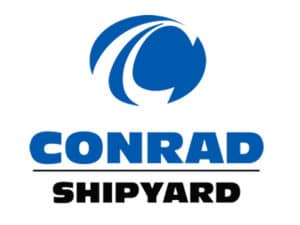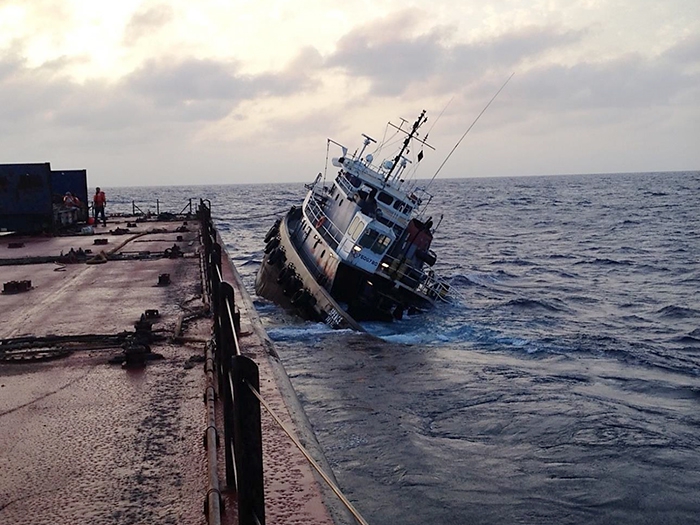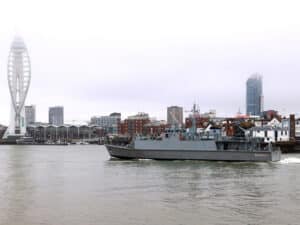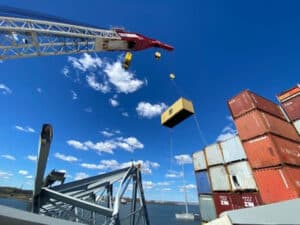
NTSB reports on sinking of 41-year old U.S.-flag tug
Written by Nick Blenkey
Spence shortly before sinking, after crewmembers had abandoned ship to barge Guantanamo Bay Express. (Photo by Spence crewmember provided by Coast Guard)
MARCH 31, 2017 — The National Transportation Safety Board has issued a Marine Accident Brief on the sinking in the Caribbean of the 41-year-old U.S.-flag towing vessel Spence while towing the 32-year-old barge Guantanamo Bay Express.
On December 14, 2015, about 115 nm north of Cartagena, Colombia, the Spence listed severely after taking on water. The list increased despite efforts by the crew to correct it. Consequently, the captain activated the vessel’s emergency position indicating radio beacon (EPIRB), and the crew climbed onto the barge that the Spence was towing. The towing vessel sank shortly thereafter. U.S. Coast Guard District 7 received the EPIRB alert and directed the Coast Guard cutter Decisive to the scene. On arrival, the Decisive rescued the four crewmembers from the drifting barge. Three crewmembers sustained non-life threatening injuries.
The NTSB has determined that the probable cause of the sinking of the towing vessel Spence was gradual flooding from an unknown point of ingress into the aft void space followed by downflooding to the engine room.
The sinking occurred after the tug and barge underwent repairs and maintenance work at the COTECMAR Shipyard (owned by the Colombian Ministry of National Defense) in Cartagena, Colombia and you have to read the full NTSB briefing to get an insight into just how extensive the required repairs were and what additional items were addressed beyond the 42 required hull, deck, and engineering repairs identified at the start of the process.
The Coast Guard Marine Safety Center (MSC) conducted a post-sinking analysis of the Spence to determine the most likely source of flooding during the accident.
The MSC stated, “the most likely sinking scenario involved gradual flooding in the aft void, which caused the aft deck to submerge and the vessel to enter a lolling condition, resulting in a sudden list to starboard. In this state, water would then have likely entered other spaces through downflooding points, causing progressing flooding and sinking by the stern without capsizing.”
The MSC analysis stated that not enough information was available to comment on the possibility of repairs having compromised the hull of the vessel.
Download the NTSB briefing HERE





Leave a Reply
You must be logged in to post a comment.